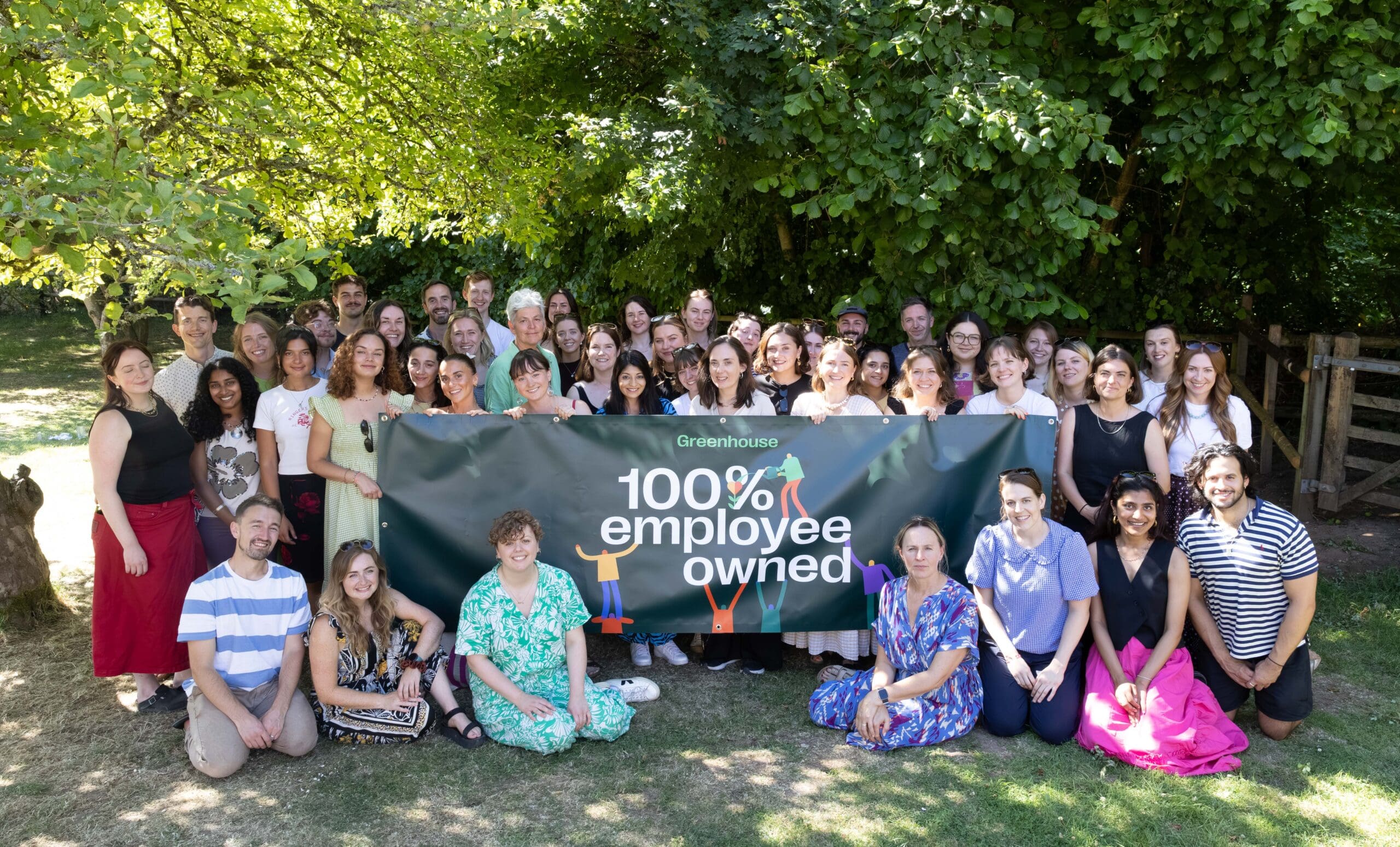2018: ‘Watt’ a year for the energy sector

The electricity coming out of the sockets might seem the same as last year but make no mistake, 2018 has been transformational for the energy sector.
We’ve created a round-up of the year’s most significant energy developments, along with our predictions for 2019.
An eventful 2018
The world’s largest battery network – Pivot Power
Pivot Power, a relatively unknown name before June 2018, made quite a splash with its plans to build the world’s biggest battery network. It will store 2GW of electricity – enough to power 235,000 homes a day – giving National Grid a huge opportunity to support more renewables and EVs. What’s more, the batteries will be sited near major roads to also power rapid EV charging stations.

The world’s largest cluster of home batteries – Moixa
Moixa, a home energy storage leader, spotted an opportunity in Japan this year – a country with over 125,000 home batteries. They partnered with $81bn Fortune 500 company ITOCHU Corporation to install GridShare, its battery management software, as standard across its devices, creating the world’s largest cluster of managed batteries.

Renewable capacity surpasses fossil fuels
One of the highlights of 2018 was undoubtedly Imperial College London’s research showing UK renewable energy capacity surpassing fossil fuels for the first time… ever! Wind and solar were the biggest winners – accounting for over 30GW – while coal capacity dropped 25% in just one year, thanks in part to the UK’s carbon tax. Note that this research measured capacity not generation, so the figures aren’t impacted by a freak event e.g. a heat wave boosting solar.

UK Capacity Market suspended by ECJ ruling
Thanks to Brexit, the European Court of Justice (ECJ) has been in the news a lot lately. Most recently because clean energy technology provider Tempus Energy claimed the UK’s capacity market – designed to ensure energy supply by providing payments to reliable sources of capacity – unfairly discriminates against clean energy projects. The ECJ agreed and suspended the capacity market. While that doesn’t mean the lights will go off, it does open the door to cleaner forms of capacity.

Looking ahead to 2019
Feed-In-Tariff closes
The Feed-in tariff (FIT) scheme, which pays people to export renewable energy to the grid, is one of the UK’s most successful climate change policies to date, fuelling uptake of renewables. But as costs have fallen, the government is keen to see the industry stand on its own two feet, subsidy-free, from April 2019. Confidence in the industry’s continued success is high but the government has come under fire for scrapping the scheme prematurely.
Once that happens, people and companies installing renewables will shift from exporting to the grid to maximising self-consumption. Expect a big increase in energy storage adoption to enable this change.

Hydrogen
2019 will continue to see companies like ITM Power making remarkable progress in UK refuelling infrastructure. However, we’re also likely to see hydrogen make big progress in the heat sector. While full deployment could be some way off, expect some big moves to be made. In November, John Gummer, chairman of the Committee on Climate Change, said: “The government must now decide whether it wishes to develop a UK hydrogen option. Taking decisions now will see the first deployment in the 2020s.”

Nuclear fusion
Nuclear fusion, the same process that powers the sun, has long been heralded as an answer to our energy prayers with its promise of providing unlimited clean energy. But it’s always been “thirty years away”, according to the industry joke. However, several start-ups are now saying they can make fusion a commercial reality much sooner. 2019 might be ambitious, but if you look at what companies like Tokamak Energy are doing, next year could see some very interesting developments.

Blockchain
Blockchain holds the key to many clean energy opportunities. Most notably by enabling peer-to-peer renewable energy trading – essentially allowing you to buy renewable energy from friends, neighbours and anyone else who’s selling. Verv, a UK-based energy start-up, is already making strides by incorporating blockchain into its smart hub. Its ground-breaking energy trading platform is the first of its kind and can provide affordable access to low-carbon energy and incentivise the uptake of renewables.

There are also many more things to watch – from vehicle-to-grid (V2G), the distributed system operators (DSO) transition, smart cities… and more. We’re excited to see what 2019 has in store for the sustainable energy sector and we’re sure there’ll be plenty of surprises thrown in too.
If you’re a pioneer in the energy sector looking to amplify your impact in 2019, get in touch with will.spragg@greenhousepr.co.uk or explore our energy sector case studies here.


